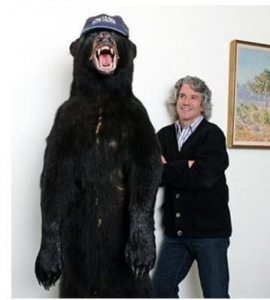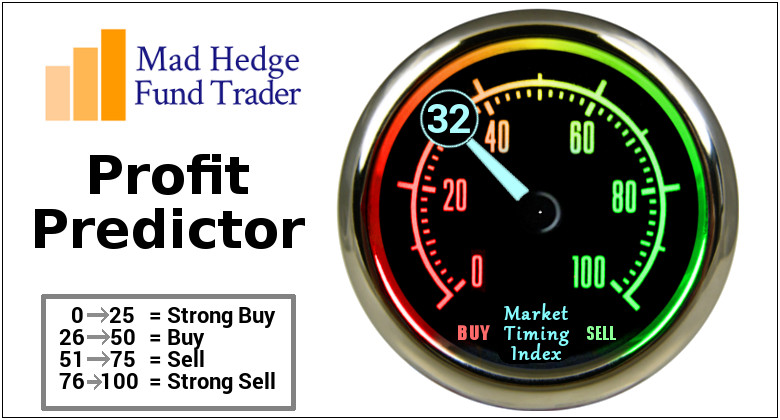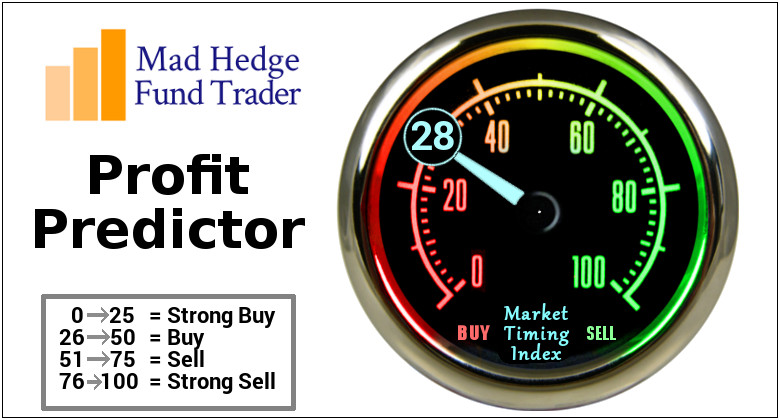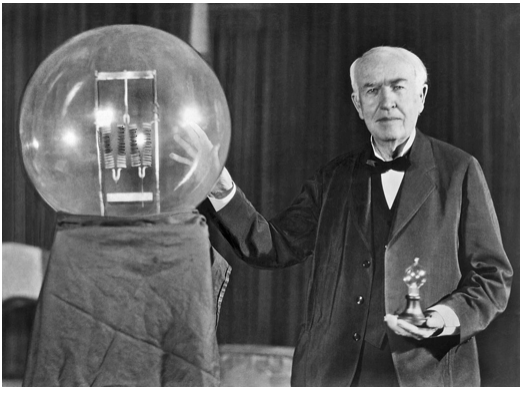
“In a social democracy with a fiat currency, all roads lead to inflation,” said legendary hedge fund manager Bill Fleckenstein.
Global Market Comments
October 21, 2025
Fiat Lux
Featured Trade:
(CAMECO LEAPS),
(CCJ)
Global Market Comments
October 20, 2025
Fiat Lux
Featured Trade:
(MARKET OUTLOOK FOR THE WEEK AHEAD, or BUY THE BLACK SWANS)
(GS), (TSLA), (MSTR), (MS), (NFLX), ($VIX), (SCHW), (ZION), (USO), (GLD)
"If there were no way to short stocks, the probability of stock market bubbles would be much greater," said hedge fund manager Bill Ackman of Pershing Square.
Global Market Comments
October 17, 2025
Fiat Lux
Featured Trade:
(OCTOBER 15 BIWEEKLY STRATEGY WEBINAR Q&A),
(GLD), (SPX), (SLV), ($INDU), (GS), (PLTR), (UUP),
(FSLR), (ENPH), (NVDA), (AMD), (NFLX), (BTC)
“At some point in 2019, knuckles are going to be turning white, and we'll see whatever rabbits Janet Yellen is going to have to pull out of her hat,” said David Rosenberg of Gluskin, Sheff & Associates.
Global Market Comments
October 14, 2025
Fiat Lux
Featured Trade:
(HOW TO HANDLE THE FRIDAY, OCTOBER 17, OPTIONS EXPIRATION),
(GS), (JPM)
“I am not so much an inventor of new ideas than a sponge,” said Thomas Edison.
Global Market Comments
October 13, 2025
Fiat Lux
Featured Trade:
(MARKET OUTLOOK FOR THE WEEK AHEAD, or A FRIDAY AFTERNOON SURPRISE)
($INDU), (SPY), (GLD), (TLT), (USO), ($VIX),
(GS), (MSTR), (TSLA), (NFLX), (IBKR)
"If I had a ticket to Heaven, and you didn't have one, I'd give it away and go to hell with you," said president Ronald Reagan to retiring House Majority leader Tip O'Neal.











